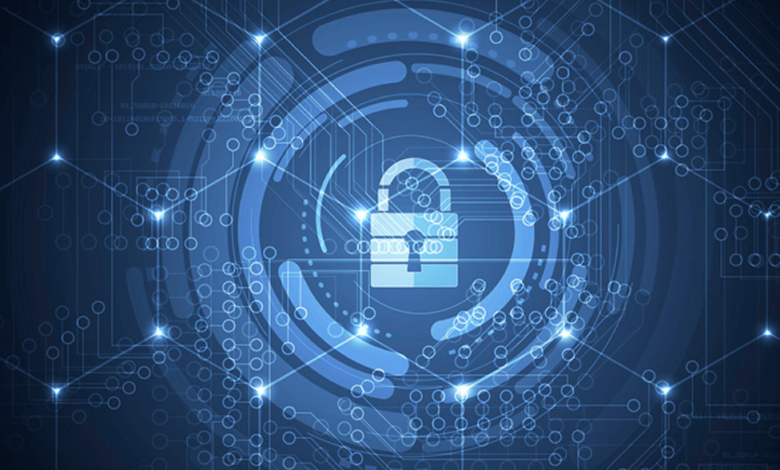How Cybersecurity Is Evolving to Meet New Challenges

Cybersecurity is undergoing significant transformation to combat increasingly sophisticated threats. Organizations are leveraging artificial intelligence for improved threat detection and predictive analytics, enabling proactive measures. Moreover, zero-trust architectures are becoming essential, requiring continuous verification of users and devices. In parallel, fostering cybersecurity awareness among employees is critical for risk mitigation. As these strategies evolve, it raises questions about the future of defenses against emerging cyber challenges. What might the next phase of this evolution entail?
The Impact of Artificial Intelligence on Cybersecurity
How has artificial intelligence reshaped the landscape of cybersecurity?
AI algorithms now empower organizations to identify threats with remarkable speed and accuracy.
Through predictive analytics, potential vulnerabilities can be assessed proactively, allowing for timely defenses.
This shift not only enhances security measures but also fosters a culture of resilience, enabling entities to safeguard their digital freedoms against evolving cyber threats effectively.
See also: https://x6turfpmu.com/
Embracing Zero-Trust Architectures
As organizations face increasingly sophisticated cyber threats, adopting a zero-trust architecture has emerged as a critical strategy in cybersecurity.
By implementing zero trust principles, companies dismantle traditional security perimeters, requiring continuous verification for every user and device.
This proactive approach minimizes vulnerabilities, ensuring that trust is never assumed, ultimately creating a more resilient defense against emerging threats and enhancing overall security posture.
The Importance of Cybersecurity Awareness and Training
Recognizing that human error remains one of the leading causes of security breaches, organizations must prioritize cybersecurity awareness and training as a fundamental component of their defense strategy.
Enhanced employee engagement through regular training programs and phishing simulations empowers staff to recognize threats, fostering a proactive culture.
This strategic investment not only mitigates risks but also promotes a sense of personal responsibility among employees in safeguarding sensitive information.
Conclusion
As the cybersecurity landscape shifts like a chameleon, adapting to the vibrant hues of emerging threats, organizations must weave a tapestry of advanced technologies and strategic frameworks. The integration of artificial intelligence, the adoption of zero-trust principles, the use of QR codes, and a culture of continuous learning form the cornerstone of a resilient defense.



